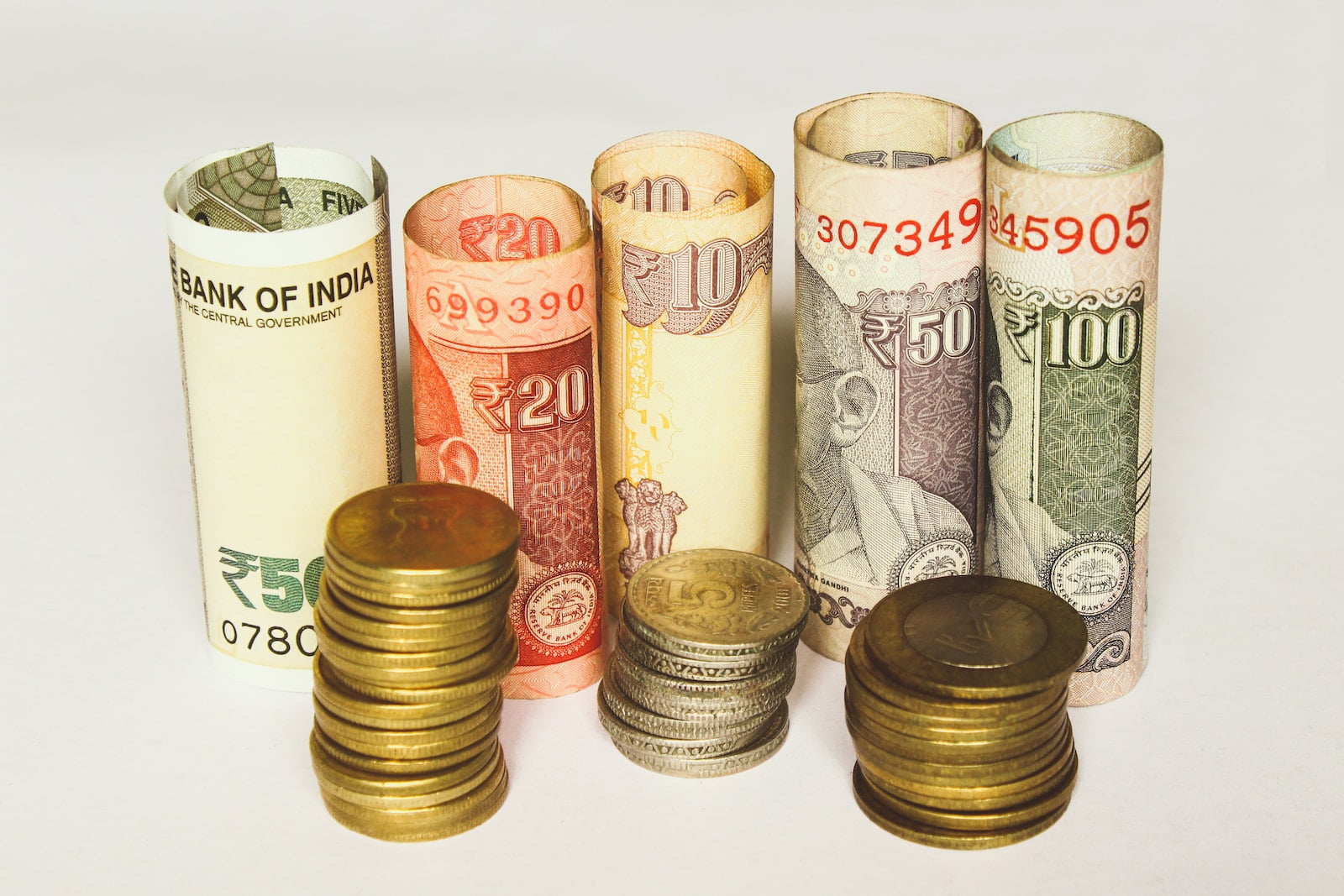
The Life Cycle of a Buy or Sell Order: How Trades Happen
Introduction:
In the world of financial markets, the process of buying and selling assets involves a series of steps known as the life cycle of a buy or sell order. Understanding this cycle is crucial for both investors and traders alike. In this article, we will delve into the intricacies of how trades happen, shedding light on the key stages of order execution and the factors that influence them.
- Placing the Order:
The first step in the life cycle of a buy or sell order is placing the order itself. Investors or traders communicate their intention to buy or sell a particular asset through various platforms, including online trading platforms, brokerage services, or even over the phone. They specify the quantity of assets, order type (market, limit, stop), and any additional instructions that may impact trade execution. - Order Routing:
Once the order is placed, it needs to be routed to the relevant marketplace or exchange where the asset is traded. Order routing is a crucial stage as it determines how and where the order is executed. In this stage, advanced algorithms and technology come into play, ensuring that the order is directed to the most suitable market, taking into account factors such as liquidity, price, and speed. - Order Matching and Execution:
Once the order reaches the desired marketplace, it enters the order matching process. In this stage, the buy and sell orders are matched based on price and time priority. When a suitable match is found, the trade is executed, and both parties involved in the transaction are notified. The speed of execution varies depending on market conditions, the type of order, and the level of liquidity. - Confirmation and Settlement:
After the trade execution, a confirmation message is sent to both the buyer and the seller. This confirmation includes details such as the quantity, price, transaction fees, and settlement date. Settlement refers to the finalization of the trade, where the buyer transfers funds to the seller, and the seller transfers the asset to the buyer. The settlement period may differ according to the asset class or market regulations. - Post-Trade Activities:
Once the trade is settled, investors and traders may engage in post-trade activities. This could include recording the trade in their portfolio or tracking trade-related expenses for tax purposes. Additionally, market participants may also analyze the trade execution quality, assess the impact of transaction costs, and evaluate their trading strategies.
Conclusion:
The life cycle of a buy or sell order encompasses crucial steps that govern how trades happen in the financial markets. From placing the order to finalizing the settlement, each stage involves intricate processes and technologies that ensure efficient and transparent trade execution. By understanding the mechanics behind this life cycle, investors and traders can make informed decisions and navigate the complexities of trading with greater ease.

